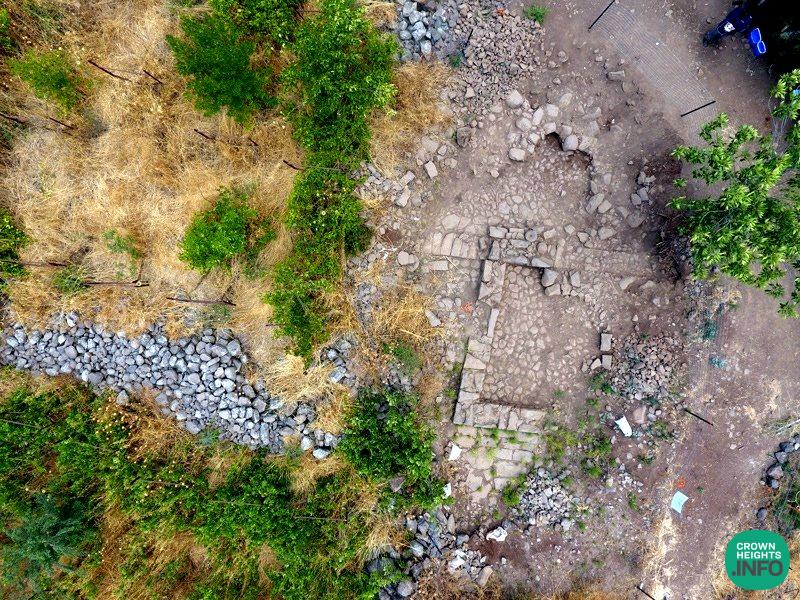
Was the Jewish Settlement of ‘Haspia’, Mentioned in Rabbinic Sources, Found in the Golan?
Impressive remains of a structure dating from the 2nd century to the mid-4th century CE were uncovered in excavations, conducted by the Israel Antiquities Authority, between 2014-2019 in the settlement of Hispin in the Golan Heights, together with the community and students from the nearby Golan School. Researchers speculate that the discovered structure was, in fact, part of the Jewish settlement of ‘Haspia’, mentioned in rabbinic sources.
“During the archaeological emergency survey conducted in the Golan after the Six-Day War, led by archaeologists Claire Epstein and Shemarya Gutman, a lion statue characteristic of synagogues and public buildings operating in Jewish settlements in the Golan during the Roman and Byzantine periods was discovered near the site we excavated,” says Anya Kleiner, an archaeologist from the Israel Antiquities Authority who directed the excavation. “During our excavation, pottery similar to that found in nearby Jewish settlements, such as Ein Keshatot and Deir Aziz, was discovered.”
The excavation yielded pottery from across the country; imported bowls indicating trade relations with distant regions, and coins that helped date the site. However, the end of the settlement was apparently sudden. “The excavation reveals that the settlement was abandoned quickly in 363 CE, with residents leaving behind many objects and tools. This may be related to the powerful earthquake known from historical literature – an earthquake that destroyed, among other places, Beit She’an and Sussita and caused destruction throughout the country and region.”
“The rapid abandonment of the site seemingly froze the place in time. Many objects remained in their original place,” says Kleiner. “We can compare this to life today – no one leaves and abandons what’s dear to them unless they have to. One can really imagine the people sensing danger and fleeing for their lives in hope of survival. The site gave us a rare glimpse into the daily life of the period, as well as into the moment when it suddenly stopped.”
Photo: Anya Kleiner, Israel Antiquities Authority.














